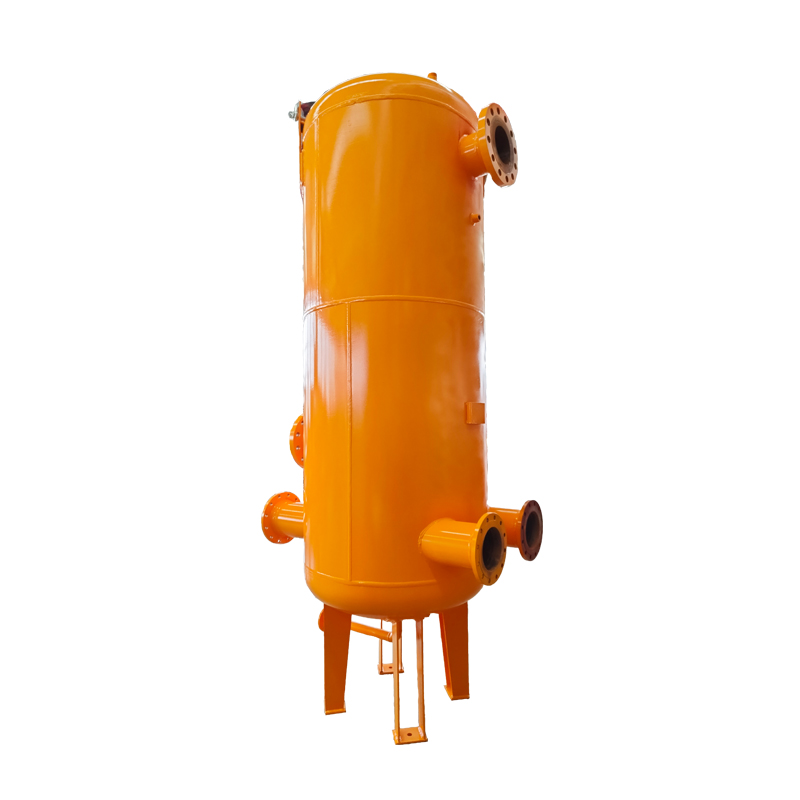
7 月 . 26, 2024 05:34
Back to list
Exploring Efficient Heat Exchanger Designs for Enhanced Thermal Management in Industrial Applications
Heat Exchangers An Overview
Heat exchangers are essential devices in various industrial processes and applications where there is a need to transfer heat from one fluid to another. They play a critical role in improving energy efficiency and optimizing thermal management in systems ranging from power generation and chemical processing to HVAC (heating, ventilation, and air conditioning) and refrigeration.
Principles of Operation
At its core, a heat exchanger works on the principle of thermal conduction, where heat is transferred between two fluids at different temperatures. The design of heat exchangers ensures that the two fluids are in close proximity but do not mix. This separation allows for efficient heat transfer while maintaining the integrity of each fluid. Heat exchangers can be classified into several types based on their design and application. The most common types include shell and tube heat exchangers, plate heat exchangers, air-cooled heat exchangers, and double-pipe heat exchangers.
Types of Heat Exchangers
1. Shell and Tube Heat Exchangers Comprising a series of tubes, this type features one fluid flowing through the tubes while the other fluid circulates around the tubes within a larger shell. This design promotes high heat transfer efficiency and is typically used in power plants, oil refineries, and chemical processing units.
2. Plate Heat Exchangers Made up of numerous thin plates stacked together, these devices maximize surface area for heat transfer. They are more compact and efficient than shell and tube designs and are often used in food processing and refrigeration applications.
.
4. Double-Pipe Heat Exchangers As the simplest design, this type consists of one pipe fitted inside another. One fluid flows through the inner pipe, while the other flows through the outer shell. Though less efficient than other designs, double-pipe heat exchangers are straightforward to install and maintain.
مبادل حراري

Applications
Heat exchangers are found in a variety of applications across numerous industries. In automotive engines, they help in cooling the engine coolant. In chemical plants, they regulate temperatures during exothermic and endothermic reactions, ensuring process stability. HVAC systems utilize heat exchangers to provide comfort heating and cooling to buildings, enhancing energy efficiency significantly.
In the energy sector, heat exchangers are crucial in geothermal plants, nuclear power plants, and during the cooling of steam in conventional power stations. This versatility underscores their importance in developing sustainable and energy-efficient systems to combat global warming and reduce carbon footprints.
Challenges and Innovations
Despite their critical role, heat exchangers face challenges such as fouling, corrosion, and the maintenance of high efficiency throughout their operational lifetime. Fouling occurs when unwanted materials accumulate on the heat transfer surfaces, reducing efficiency. Innovations in materials science and engineering, such as the development of anti-fouling coatings and enhanced heat transfer surfaces, are evolving to tackle these challenges.
Furthermore, advancements in computational fluid dynamics (CFD) and heat transfer analysis allow for better design and optimization, enabling the production of more efficient and compact heat exchangers.
Conclusion
In conclusion, heat exchangers are vital components in many industrial systems, offering efficient heat transfer that enhances energy conservation and operational efficiency. As industries continue to evolve toward more sustainable practices, the development of advanced heat exchanger technologies will undoubtedly play a crucial role in shaping the future of energy management and environmental protection. Whether through traditional designs or innovative solutions, the importance of heat exchangers will remain paramount in addressing global energy challenges.
Latest news
-
Unlocking The Quality Gas Pressure ReducersNewsNov.01,2024
-
The Role of Gas Pressure Reducing StationsNewsNov.01,2024
-
The Importance and Functionality of Safety Relief ValvesNewsNov.01,2024
-
The Essential Role of Safety Valves in Natural Gas ApplicationsNewsNov.01,2024
-
The Essential Role of Gas Pressure RegulatorsNewsNov.01,2024
-
Enhance Your Premium Gas FiltersNewsNov.01,2024

